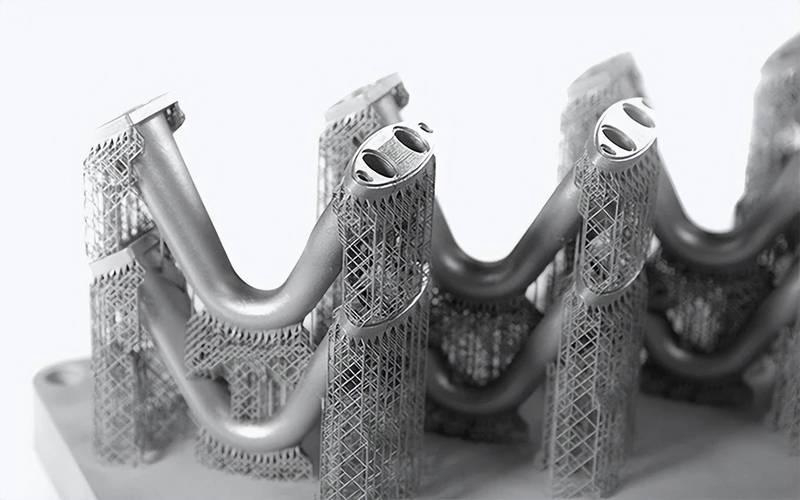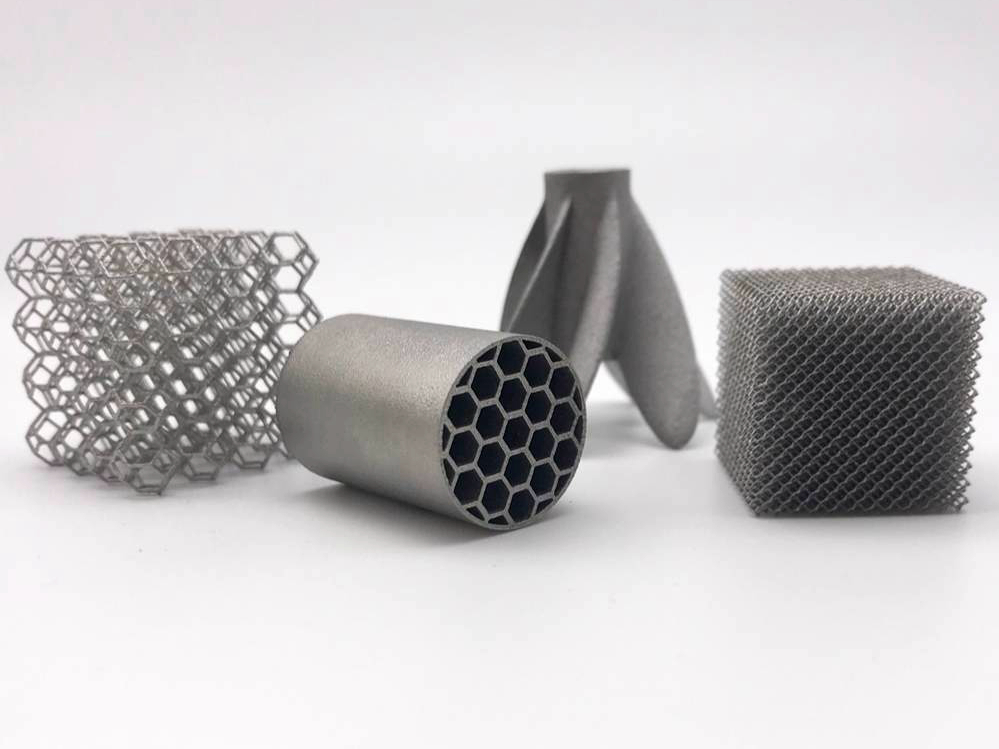Can heat treatment improve the surface finish of 3D printed parts?
Can Heat Treatment Improve the Surface Finish of 3D Printed Parts?
Understanding Surface Conditions in As-Built 3D Printed Parts
Metal 3D printing methods such as Selective Laser Melting (SLM) and Direct Metal Laser Sintering (DMLS) often produce parts with high surface roughness (Ra 8–12 µm). This is due to partially melted powder particles, layer stair-stepping, and thermal gradients. While heat treatment significantly improves internal mechanical properties, it does not directly reduce surface roughness.
Effects of Heat Treatment on Surface Appearance
1. No Smoothing or Deburring
Heat treatment does not mechanically or chemically remove adhered powder, contour ridges, or sintered beads. Surface roughness values remain nearly the same after annealing, stress relief, or aging. Parts still require post-heat surface refinement for smooth finishes.
2. Surface Oxidation and Discoloration
Exposing metal parts to elevated temperatures, especially in non-inert environments, can lead to oxidation or heat scale formation. For example:
Ti-6Al-4V: may discolor or form an oxide layer unless protected by vacuum or inert gas
Inconel 625: prone to surface darkening during aging
This effect is cosmetic but may affect downstream coating adhesion or aesthetic-critical applications.
3. Structural Uniformity Beneath Surface
Although the surface topography is unchanged, the subsurface hardness, ductility, and grain structure are optimized. This makes the part more stable for further finishing processes like EDM, electropolishing, or PVD coating.
Surface Refinement Options After Heat Treatment
To improve surface finish after thermal processing, Neway 3DP recommends:
Electropolishing: Removes oxide layers and smooths Ra to ≤ 0.2 µm
CNC Machining: For functional surfaces and dimensional refinement
Surface Treatment: Includes polishing, brushing, or coating based on performance and appearance needs
Summary of Heat Treatment’s Role in Surface Quality
Parameter | Heat Treatment Effect |
|---|---|
Surface roughness (Ra) | No significant reduction |
Visual appearance | Possible oxidation/discoloration |
Subsurface mechanical uniformity | Enhanced for polishing and coating prep |
Surface stability | Improved under machining or stress |
Recommended Services for Surface Optimization
To achieve both internal performance and high-quality surface finish, Neway 3DP provides:
Heat Treatment For stress relief and mechanical stability.
Electropolishing For aesthetic and corrosion-resistant surface refinement.
PVD Coating For added durability and enhanced surface appearance.



